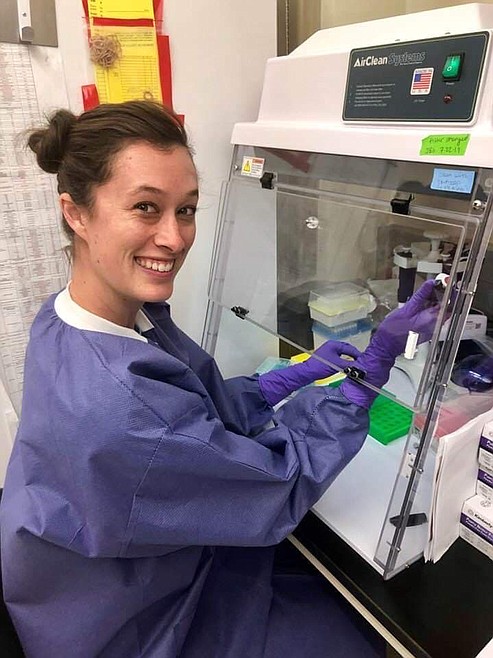Whitefish graduate part of vaccine research
Myndi Holbrook is among the scientists working on the front lines for research regarding COVID-19 and those seeking a vaccine for the virus.
Holbrook, who graduated from Whitefish High School in 2015 and earned a microbiology degree from Montana State University, is a post-baccalaureate fellow at Rocky Mountain Laboratories in Hamilton...
Support Local News
You have read all of your free articles this month. Select a plan below to start your subscription today.
Already a subscriber? Login
Daily Inter Lake - everything
Print delivery, e-edition and unlimited website access
- $26.24 per month
Daily Inter Lake - unlimited website access
- $9.95 per month

